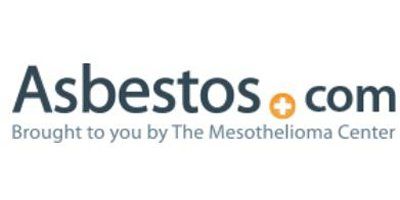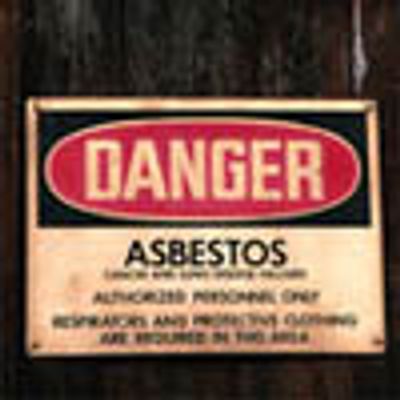

- Home
- Companies
- Asbestos.com, The Asbestos & ...
- News
- 9/11 issues linger - not all victims ...

9/11 issues linger - not all victims compensated
In the two years following the attacks, the 9/11 Victim Compensation Fund paid more than $7 billion to almost 5,600 victims and survivors. However, because the fund was required by law to stop accepting claims in December 2003, people who developed disease symptoms after that date might be ineligible to claim.
For these people, a lawsuit is unfortunately the only recourse they currently have to try and claim compensation for the injuries and health problems they are now suffering.
One such man is former bus driver Gil Gonzalez, who spent the two weeks after the attacks driving Port Authority police officers to and from Ground Zero, via the Holland Tunnel. Gonzalez started having health problems, including trouble breathing, just three weeks later. Doctors found nothing wrong with him at the time, but subsequently Gonzalez suffered from asthma, blood clots, an aneurysm, and eventually a stroke.
Another man, Antonio Hernandez, developed lymphoma after working in lower Manhattan seventeen days after 9/11. Hernandez was involved in laying the fiber-optic cables that were needed to rebuild stock market communications networks.
Kenneth R. Feinberg, the administrator of the 9/11 compensation fund, says that approximately 11,000 people who have filed lawsuits attempting to claim compensation for injuries would have been covered by the compensation fund if their symptoms had appeared before December 2003.
Many of these people are suffering lung injuries and illnesses caused by inhalation of air contaminated with asbestos, lead, glass fibers, and other dangerous substances.
“The only reason they weren’t paid is they didn’t manifest any injury from their exposure at the World Trade Center site until after the fund was dissolved.” Feinberg also said that an estimated 25,000 to 30,000 people may develop related health issues over the next five to ten years.
